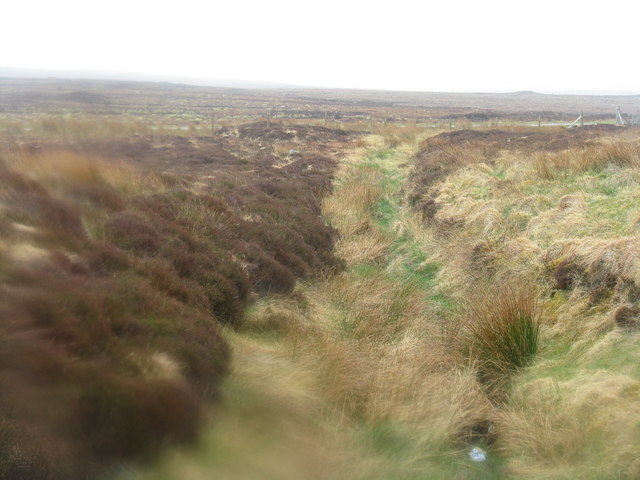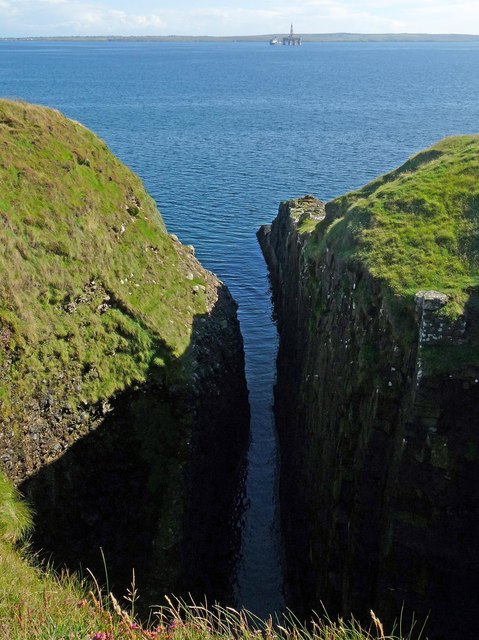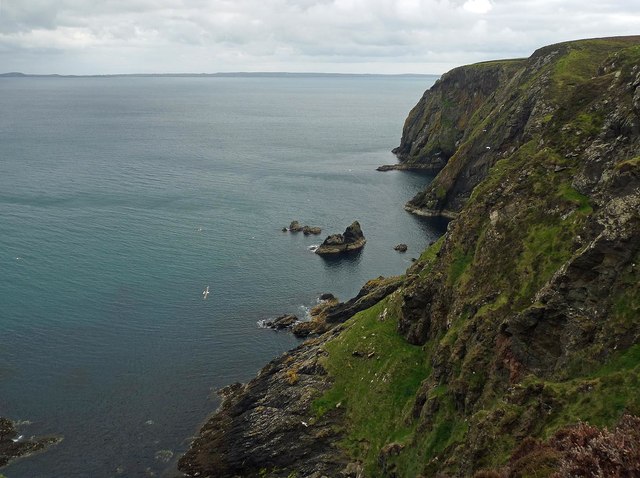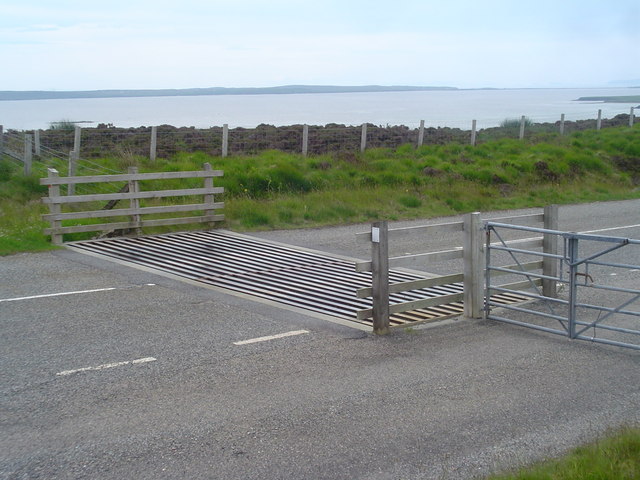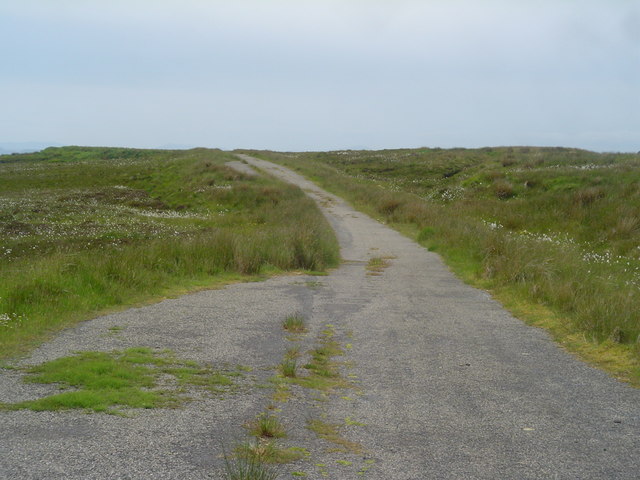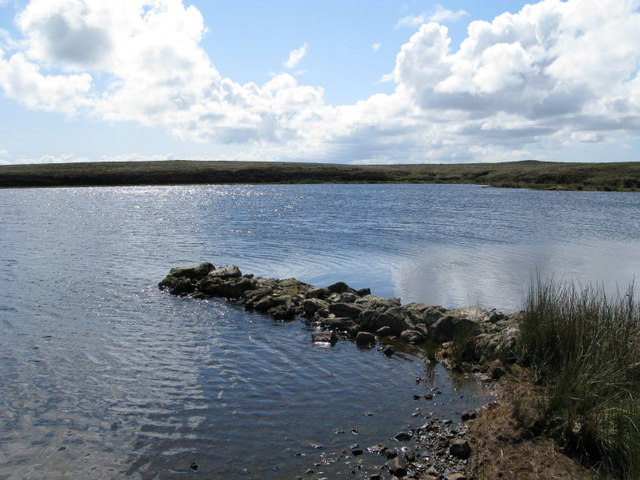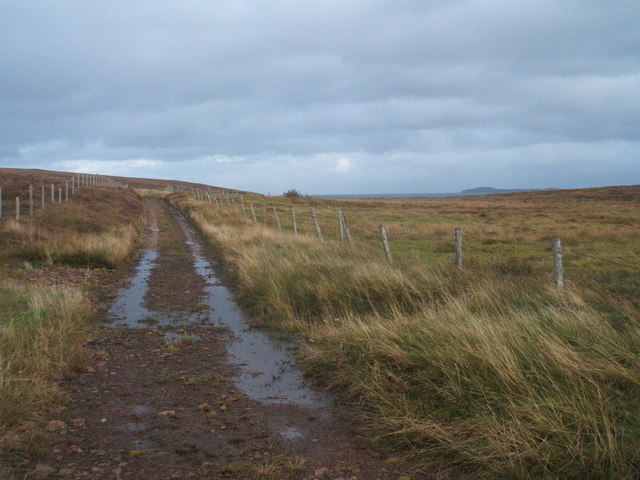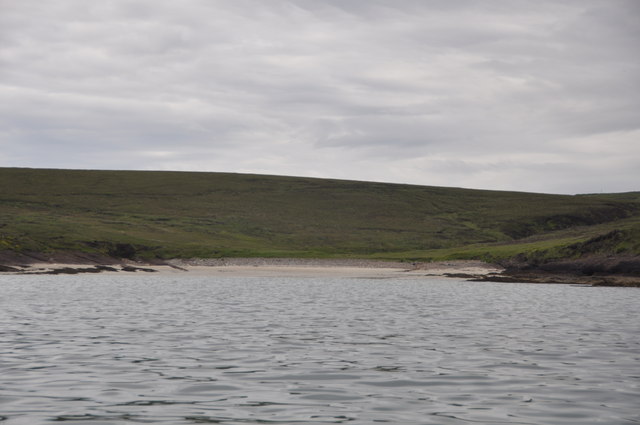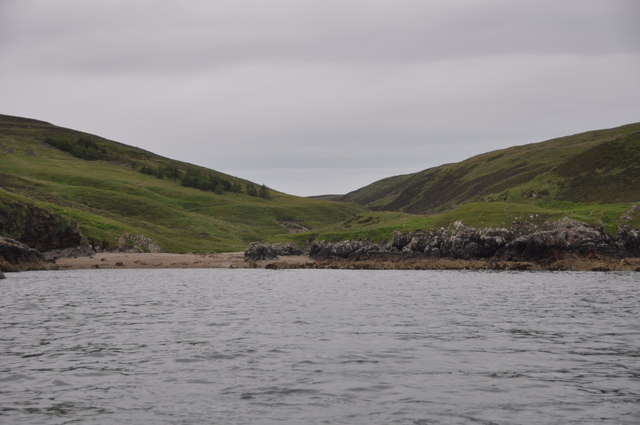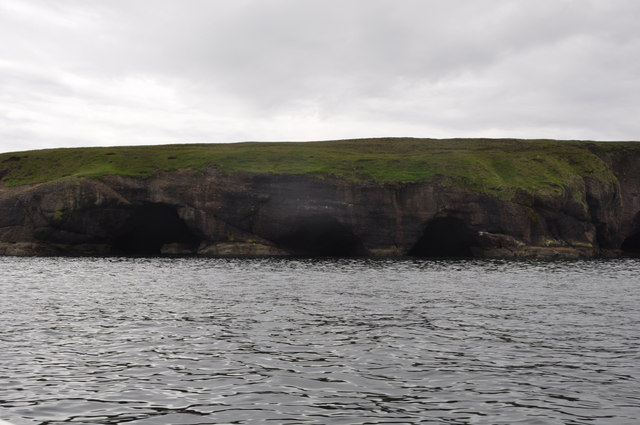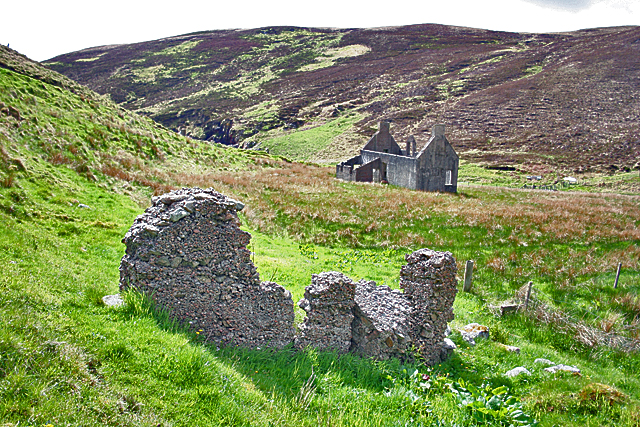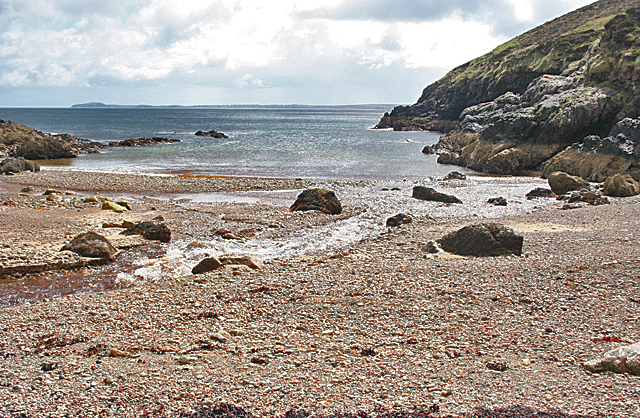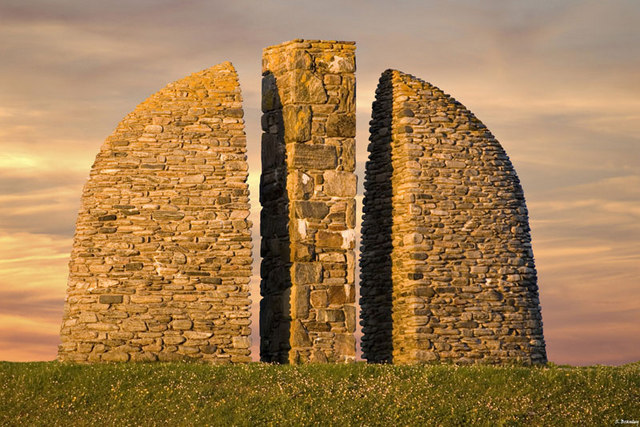Mullach na h-Airde
Coastal Feature, Headland, Point in Ross-shire
Scotland
Mullach na h-Airde
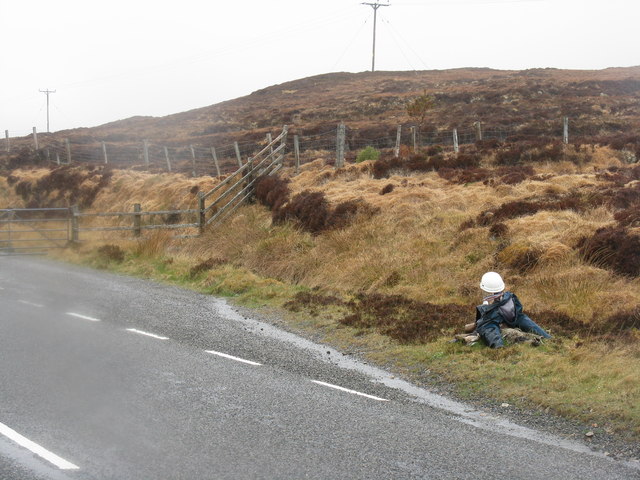
Mullach na h-Airde is a prominent headland located in Ross-shire, Scotland. Situated on the coastal region, it offers breathtaking views of the surrounding landscape, making it a popular destination for tourists and nature enthusiasts. The headland is characterized by its rugged cliffs, rising steeply from the sea, and its distinctive shape that juts out into the ocean.
With an elevation of approximately 100 meters, Mullach na h-Airde provides a commanding vantage point from which visitors can admire the stunning coastline. The headland's exposed position also means it is often subject to strong winds and crashing waves, creating a dramatic atmosphere for those who venture to its edge.
The cliffs of Mullach na h-Airde are composed of various rock formations, including sandstone and shale, which have been shaped by the forces of erosion over millennia. This geological diversity adds to the visual appeal of the headland, offering a unique opportunity for geology enthusiasts to explore and appreciate the region's natural history.
The area surrounding Mullach na h-Airde is rich in biodiversity, hosting a variety of plant and animal species. Seabirds, such as gannets and puffins, can often be spotted nesting on the cliffs, while seals and dolphins can occasionally be seen swimming in the nearby waters. The headland also provides a habitat for numerous plant species adapted to the coastal environment, including heather and sea thrift.
Overall, Mullach na h-Airde is a captivating coastal feature that showcases the beauty of Scotland's rugged coastline. Its stunning cliffs, panoramic views, and diverse wildlife make it an ideal destination for anyone seeking a memorable experience in nature.
If you have any feedback on the listing, please let us know in the comments section below.
Mullach na h-Airde Images
Images are sourced within 2km of 58.308159/-6.2409476 or Grid Reference NB5143. Thanks to Geograph Open Source API. All images are credited.

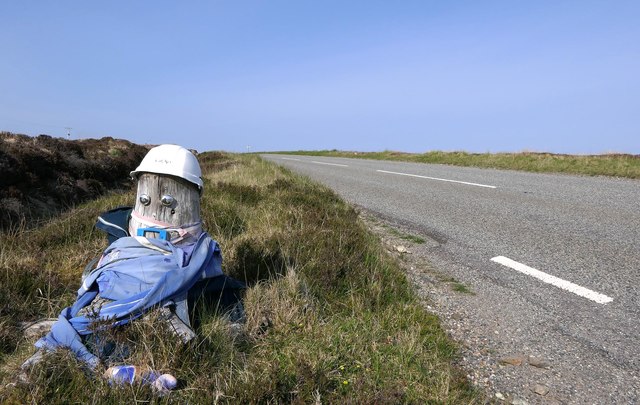
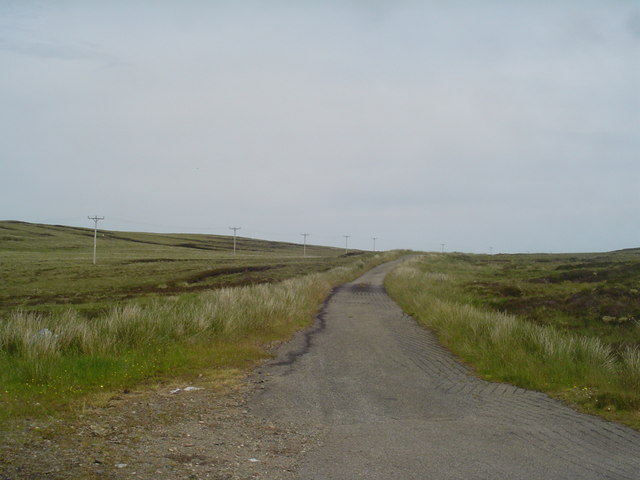
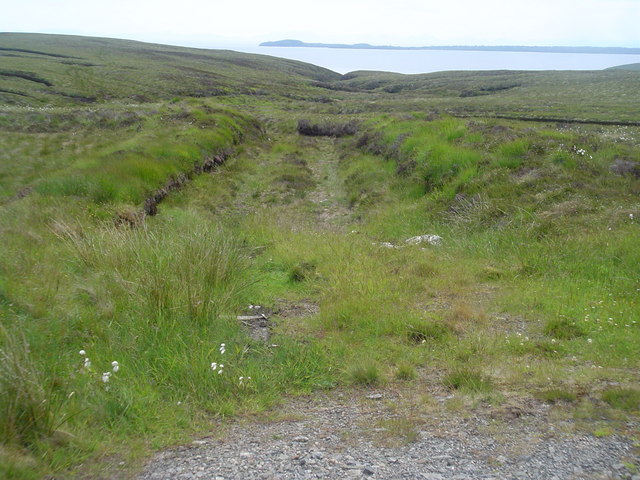
Mullach na h-Airde is located at Grid Ref: NB5143 (Lat: 58.308159, Lng: -6.2409476)
Unitary Authority: Na h-Eileanan an Iar
Police Authority: Highlands and Islands
What 3 Words
///mend.wordplay.rush. Near North Tolsta, Na h-Eileanan Siar
Related Wikis
Gress
Gress (Scottish Gaelic: Griais), a hamlet on the Isle of Lewis in Scotland, is adjacent to the larger village of Back. Gress is within the parish of Stornoway...
Back, Lewis
Back (Scottish Gaelic: Am Bac) is a district and a village on the east coast of the Isle of Lewis in the Outer Hebrides, Scotland, situated on a coastal...
North Tolsta
North Tolsta (Scottish Gaelic: Tolastadh bho Thuath) is a village in the Scottish Outer Hebrides, on the east side of the Isle of Lewis. North Tolsta is...
Breivig
Breivig (Scottish Gaelic: Brèibhig) is a village on Lewis in the Outer Hebrides, Scotland. Breivig is within the parish of Stornoway. According to Magne...
Have you been to Mullach na h-Airde?
Leave your review of Mullach na h-Airde below (or comments, questions and feedback).
